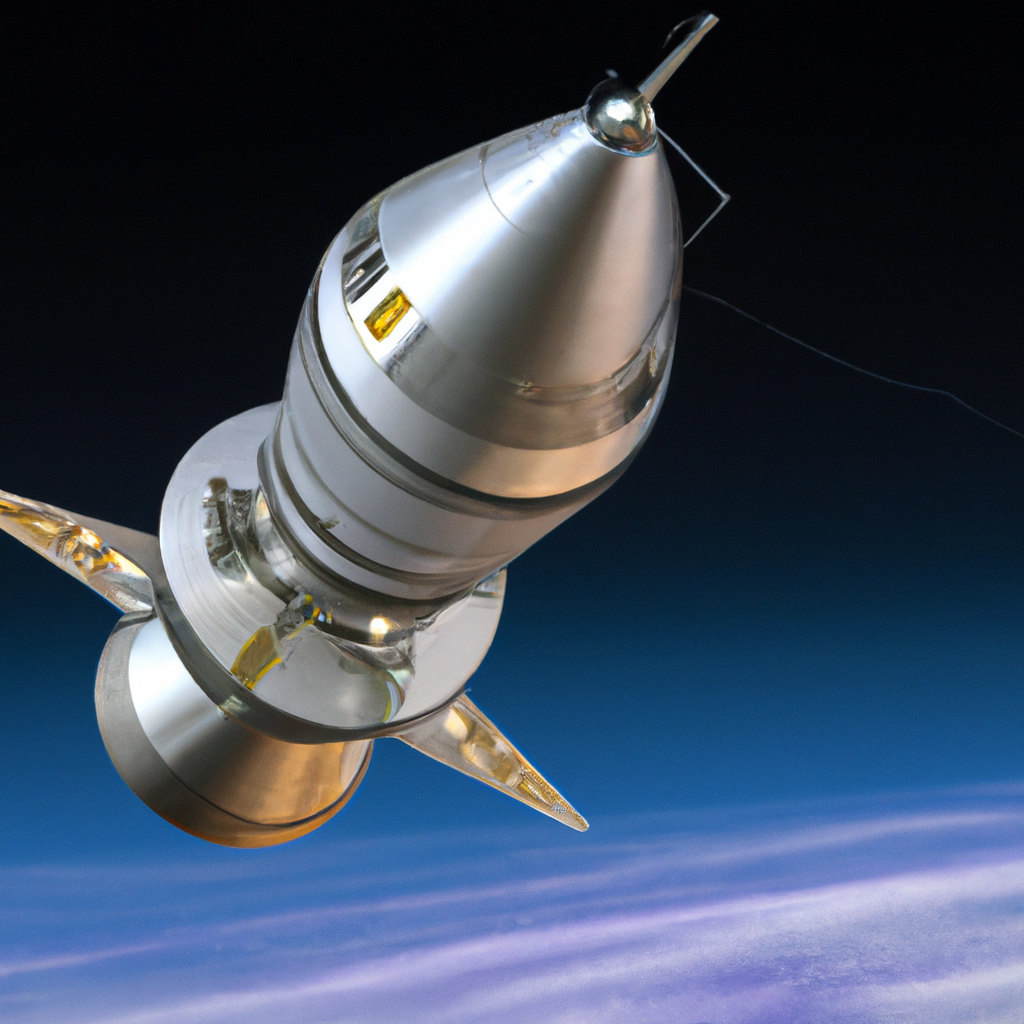The crew aboard the Boeing CST-100 Starliner recently received positive news regarding their return to Earth. Ground testing of the spacecraft’s thrusters, which have left it in orbit since early June, has now been completed. Boeing and NASA were waiting for these tests to finalize plans for the spacecraft’s return journey.
An update issued late last week stated, “Ground testing of a Starliner Reaction Control System (RCS) thruster at the White Sands Test Facility in New Mexico is complete, and teams are now focusing on data reviews.” The purpose of these tests was to analyze thruster performance and investigate why some thrusters were deactivated during flight, as well as the potential implications of restoring them for use in the upcoming Crew Flight Test.
The term “de-selected” refers to thrusters that ceased functioning. The helium tanks essential for controlling these thrusters experienced leaks prior to and during the Starliner’s launch, resulting in multiple delays. Officials noted at a recent press conference that the spacecraft has 70 hours of helium on board, even though it only requires seven. While they demonstrated readiness for an urgent return earlier this month, they indicated that complete preparedness for the return is still in progress.
In their latest communication, NASA and Boeing mentioned that a return flight could potentially occur by the end of this month. However, that timeframe has become less specific: “Boeing and NASA engineers will begin thruster disassembly and inspections, as they finalize flight rationale to support readiness reviews for Starliner’s planned return to Earth with commander Butch Wilmore and pilot Suni Williams in the coming weeks.”
